Understanding dashboard warning lights in your Ford Fiesta is essential for maintaining vehicle safety, as they alert you to potential issues that could lead to accidents or breakdowns.
Ignoring these signals might result in costly repairs or compromised performance, so recognizing their meanings helps you respond quickly and keep your car in good condition. This knowledge empowers drivers to take appropriate actions, ensuring safer roads and prolonging the vehicle’s lifespan.
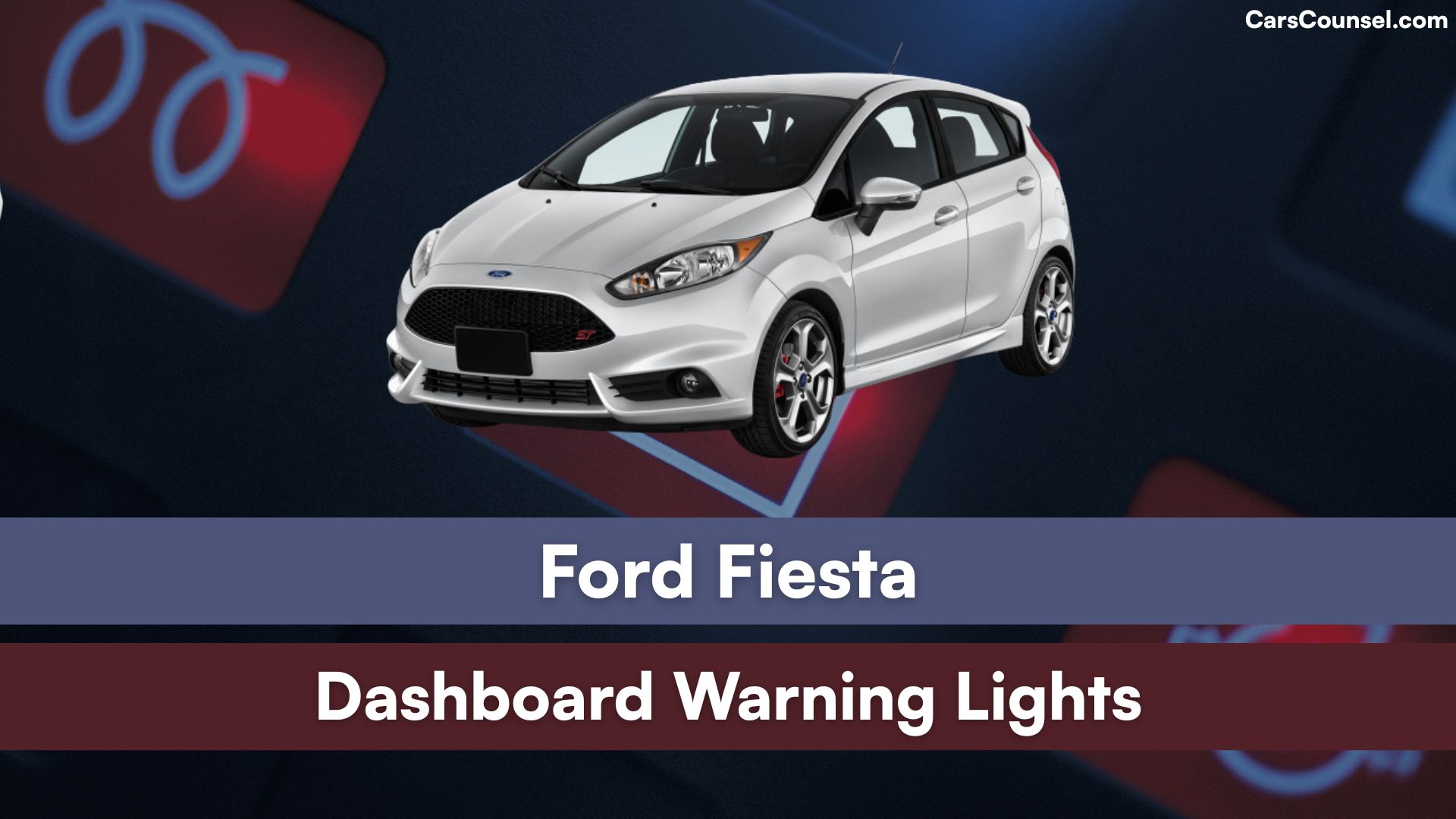
Quick Navigation
Red Warning Lights (Stop Immediately)
Engine Oil Pressure
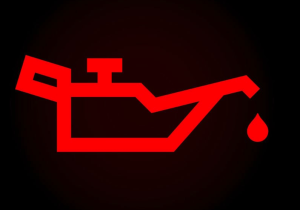
This light signals low oil pressure, which can cause engine damage from lack of lubrication or overheating. Stop the vehicle right away, check the oil level, and add oil if needed; do not drive until the issue is fixed to avoid major repairs.
Brake System Alert
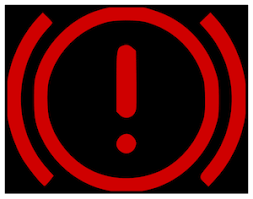
It indicates problems like low brake fluid or a failure in the braking system, risking reduced stopping power. Pull over safely, inspect fluid levels if possible, and contact a mechanic immediately for inspection and repair.
Engine Coolant Temperature
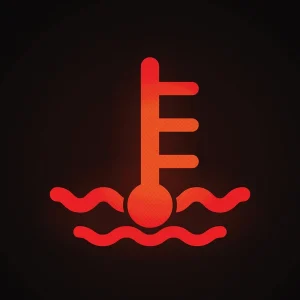
This warns of high engine temperature, possibly from low coolant or a leak, which could lead to overheating and engine failure. Stop driving, let the engine cool, check coolant levels, and seek professional help before continuing.
Battery Charging System
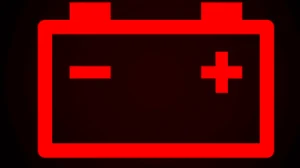
It shows a fault in the battery or alternator, causing the vehicle to lose power soon. Stop as soon as safe, turn off non-essential electrics, and have the system checked by a service center to prevent stranding.
Airbag System

This light means a malfunction in the airbag setup, reducing protection in a crash. Stop and have it inspected at a dealer right away, as driving without functional airbags increases injury risk.
Seatbelt Reminder
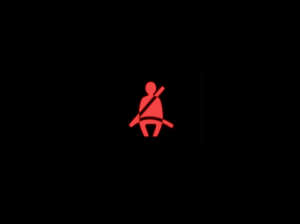
It alerts if seatbelts are not fastened, reminding occupants for safety. Stop and ensure all passengers buckle up before proceeding, as unbelted travel heightens accident dangers.
Power Steering Failure

Indicates a problem with steering assistance, making the wheel hard to turn. Pull over immediately, restart the car to reset if possible, and visit a service center for repairs to restore safe handling.
Transmission Overheat
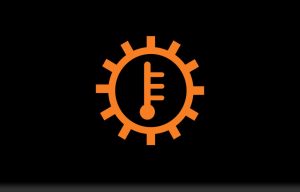
This signals high transmission temperature, often from heavy load or low fluid, risking gear damage. Stop the vehicle, allow it to cool, check fluid levels, and avoid driving until resolved.
Door Ajar
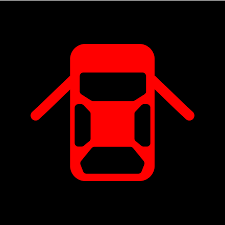
It warns that a door is not fully closed, which could open while driving. Stop safely, check and secure all doors, then resume travel to prevent hazards.
Hood Ajar
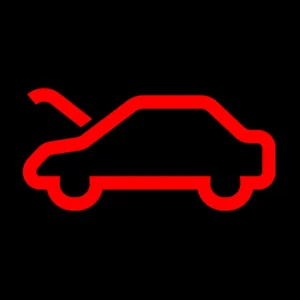
Similar to door ajar, it means the hood is not latched properly, posing a risk of it flying open. Pull over, secure the hood, and ensure it’s locked before continuing.
Trunk Ajar
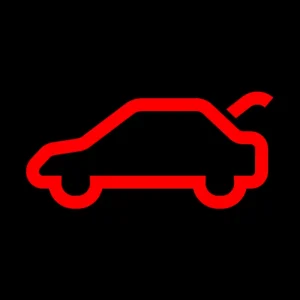
This indicates the trunk is not closed fully, potentially allowing items to fall out. Stop, close the trunk securely, and verify it’s latched to maintain safety.
High Voltage System Failure

For hybrid models, it points to an electrical fault that could shut down the vehicle. Stop immediately and contact a dealer, as it may enter limited mode.
Brake Fluid Low

It specifically flags low brake fluid, leading to weak brakes. Stop, check and top up fluid if safe, then seek mechanic assistance to fix any leaks.
Parking Brake Engaged
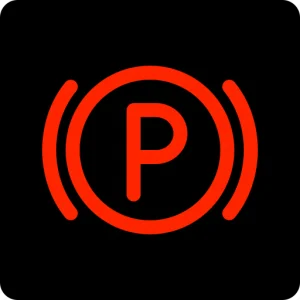
This reminds if the parking brake is on while driving, causing drag and wear. Stop, release the brake fully, and ensure it’s disengaged before moving.
Oil Temperature High
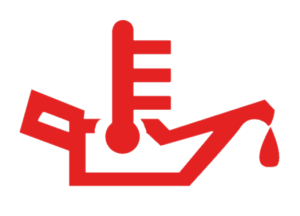
It warns of excessive oil heat, which can degrade lubrication. Pull over to cool the engine, check for causes like low oil, and get serviced promptly.
Yellow/Amber Warning Lights (Action Required Soon)
ABS System
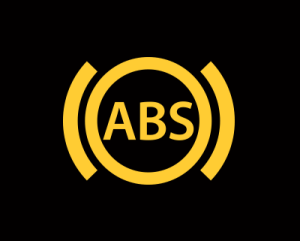
This indicates a fault in the anti-lock braking system, though regular brakes may still work. Check it soon at a service center to restore full braking capability and safety.
Check Engine
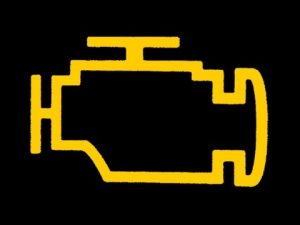
It signals an engine or emissions issue, like a misfire or sensor fault, affecting performance. Have the vehicle scanned at a dealer soon to diagnose and fix the problem.
Tire Pressure Monitoring
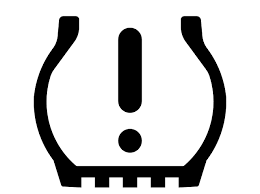
This alerts to low pressure in one or more tires, risking blowouts or poor handling. Check and inflate tires to the recommended level as soon as possible.
Powertrain Fault

It means a problem in the drivetrain or all-wheel drive, potentially reducing power. Visit a service center promptly to avoid further damage.
Stability Control (ESP)
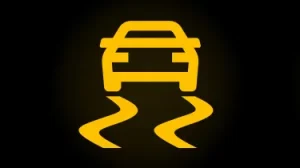
This flashes when active or stays on for a system error, impacting traction. Have it checked soon to ensure stability in slippery conditions.
Glow Plug (Diesel Models)
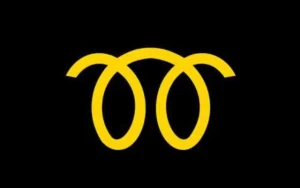
It shows the glow plugs are heating for cold starts; if it stays on, there’s a fault. Wait for it to go off before starting, or get serviced if persistent.
Diesel Particulate Filter (DPF)
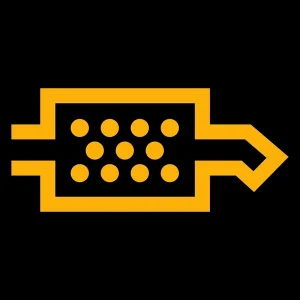
This warns the filter is clogged with soot, needing regeneration. Drive at highway speeds to clean it, or visit a mechanic if it doesn’t clear.
Loose Gas Cap
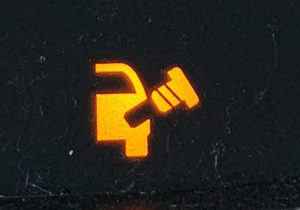
This means the fuel cap is not tight, causing evaporation or leaks. Tighten or replace the cap soon, and reset if needed.
Low Beam Headlight

It signals a faulty low beam bulb, reducing night visibility. Replace the bulb as soon as possible for safe driving.
Service Engine Soon
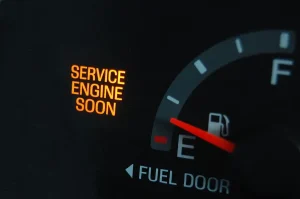
Similar to check engine, it flags emissions system errors. Schedule a service visit to inspect and clear the issue.
Brake Pad Wear

This indicates worn brake pads, reducing stopping efficiency. Inspect and replace pads soon to maintain braking performance.
Engine Air Filter

It means the air filter is dirty, restricting airflow and efficiency. Replace the filter soon to improve performance and fuel economy.
Green Lights (Information Only)
Eco Mode
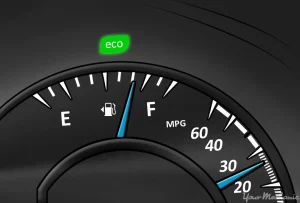
This shows eco mode is active, optimizing for fuel efficiency. No action needed; it informs you of the mode’s engagement for better mileage.
Auto Hold

It indicates auto hold is on, keeping the car stopped without pressing the brake. Use as normal; it’s just confirming the feature is active.
Normal Drive Mode

This lights up when in normal mode, with default settings for all systems. No action required; it’s informational.
Grade Assist
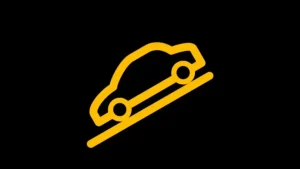
It confirms grade assist is enabled for better control on hills. Continue driving; the light verifies the mode.
Overdrive Off

This means overdrive is disabled, useful for towing or steep grades. It’s just indicating the transmission setting.
High Beam Headlights

It shows high beams are on for better visibility at night. Adjust as needed; no issue.
Turn Signal Indicators
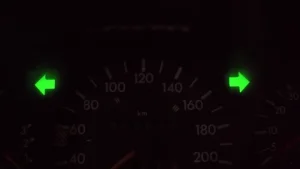
These flash when turn signals are activated, signaling direction to others. They confirm the signals are working.
Cruise Control Active
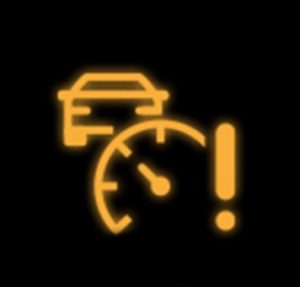
This indicates cruise control is set, maintaining speed automatically. No action; it’s confirming the feature.
Front Fog Lights

It shows front fog lights are on for low-visibility conditions. Use appropriately; informational only.
Rear Fog Lights
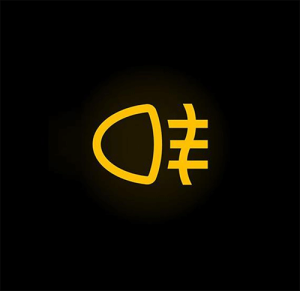
Similar to front, it confirms rear fog lights are active. Ensures others see you in fog.
Hazard Lights

This flashes when hazards are on, warning other drivers. It’s active confirmation during emergencies.
Parking Lights

It indicates parking lights are on for stationary visibility. No action needed.
Auto Start/Stop
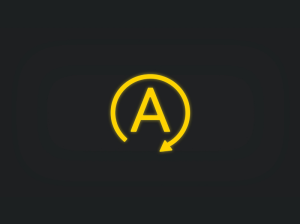
This green light shows the system is active, stopping the engine at idle for efficiency. Informs of its operation.
Message Indicator
It glows green for non-urgent messages in the display. Check the message for info, but no immediate action.
When looking at Ford, make sure to check out our guides on models like the Ford Tourneo, Ford Transit, Ford Focus, and Ford Mondeo. Understanding dashboard warning lights is essential. Our expert reviews break down what each light means, highlighting common alerts for these models and what they could signal about underlying issues, so you’re never left guessing behind the wheel.

